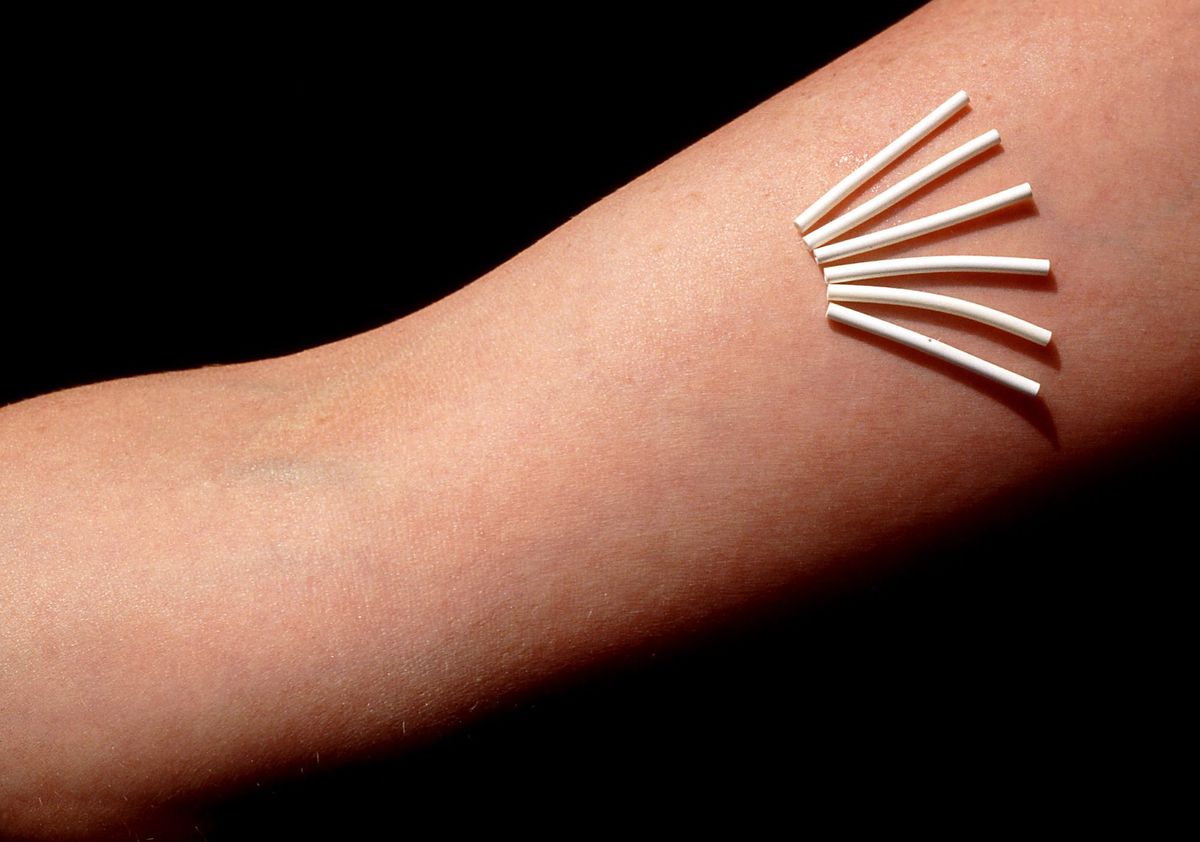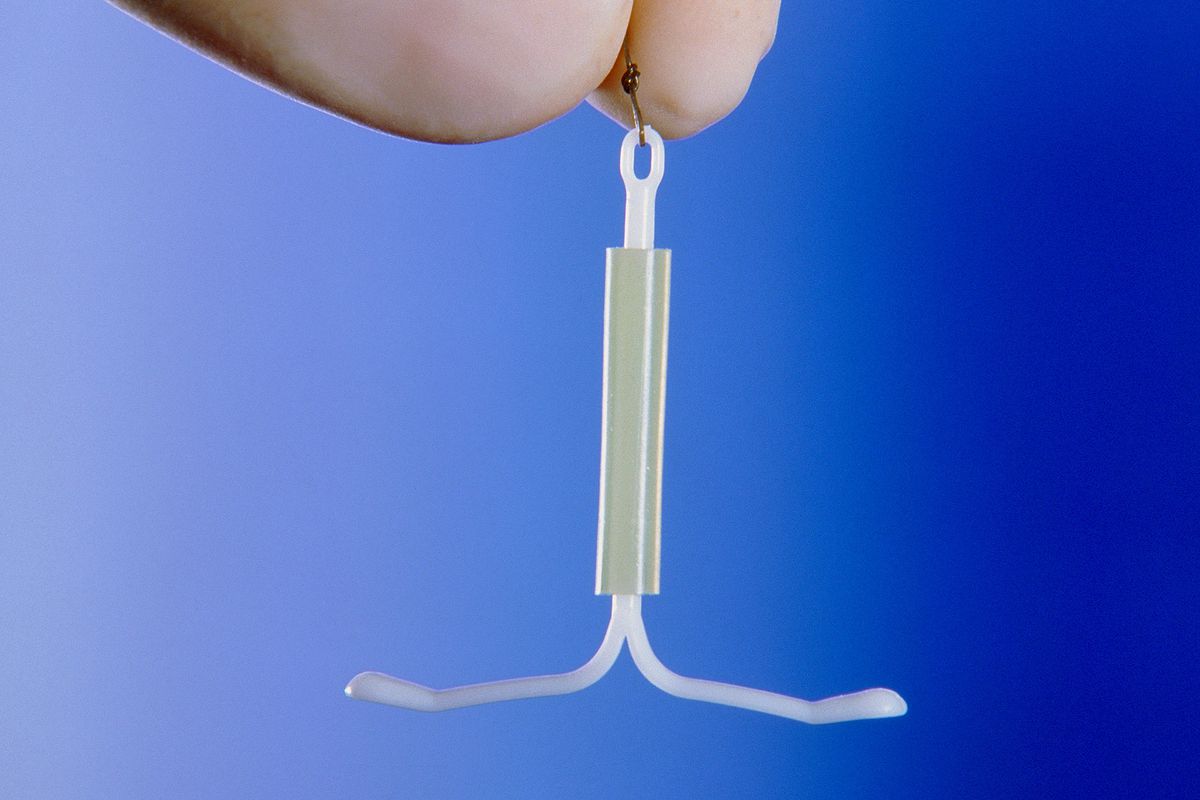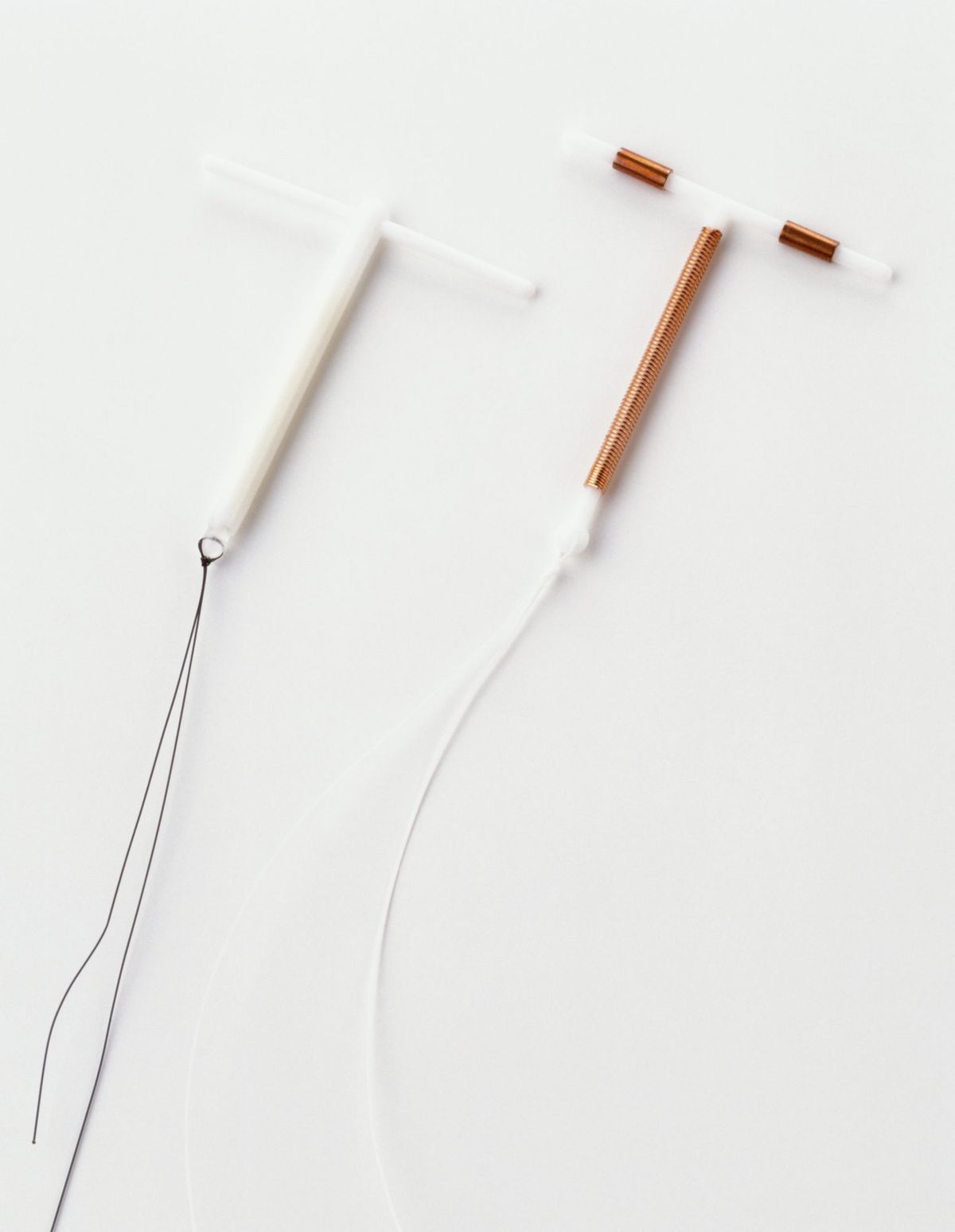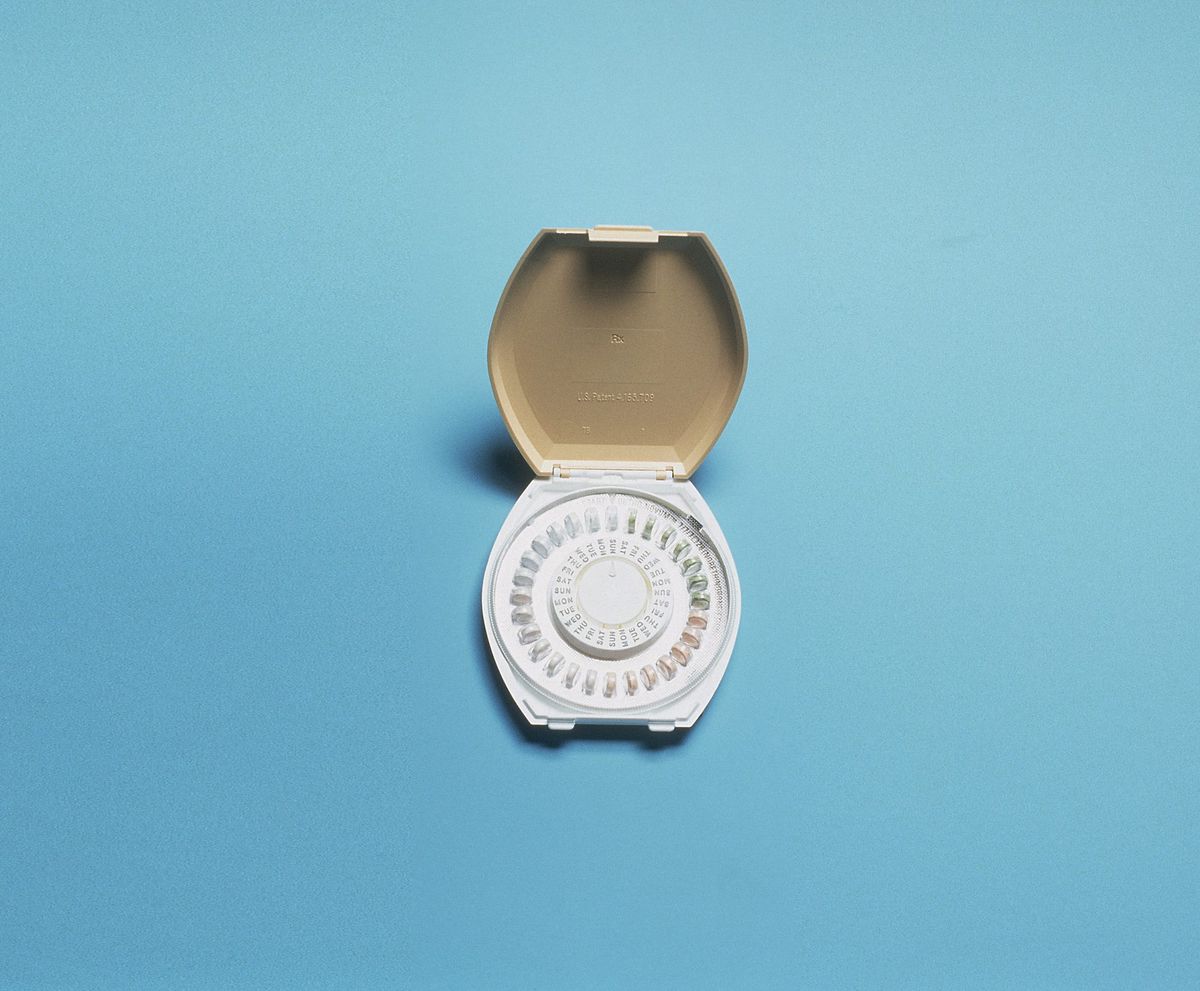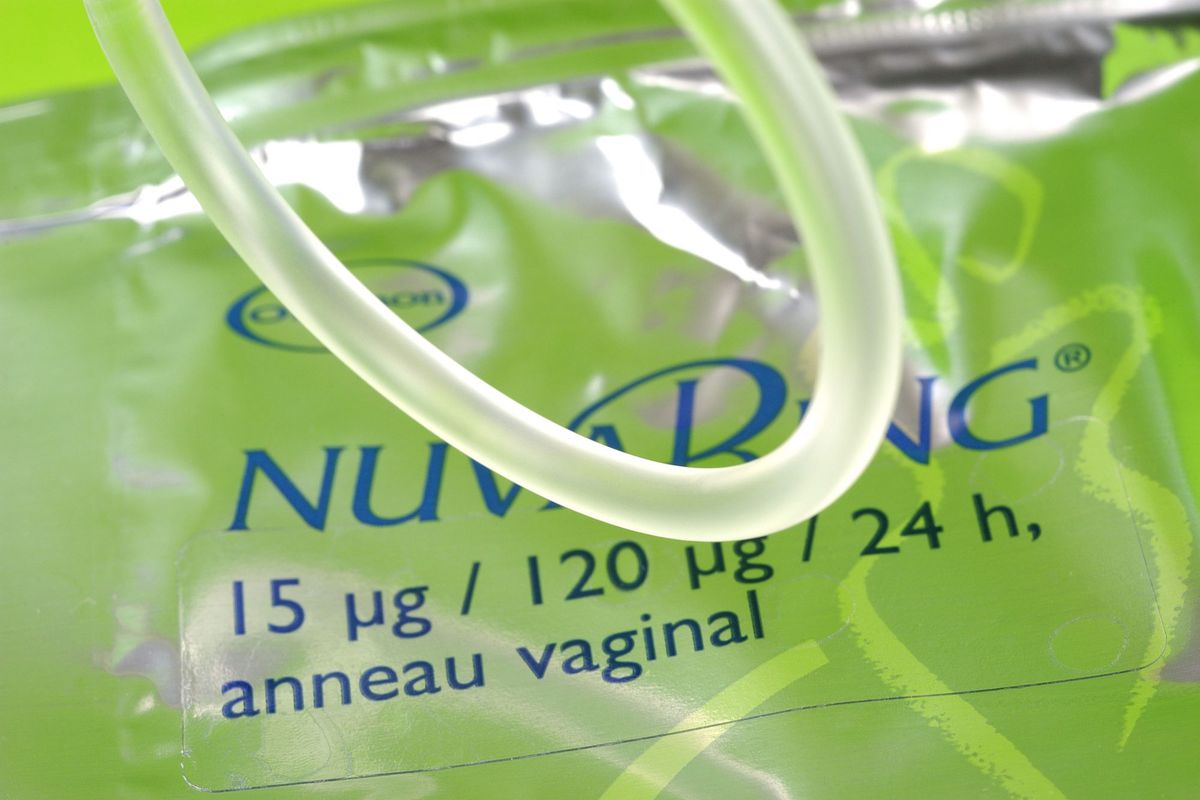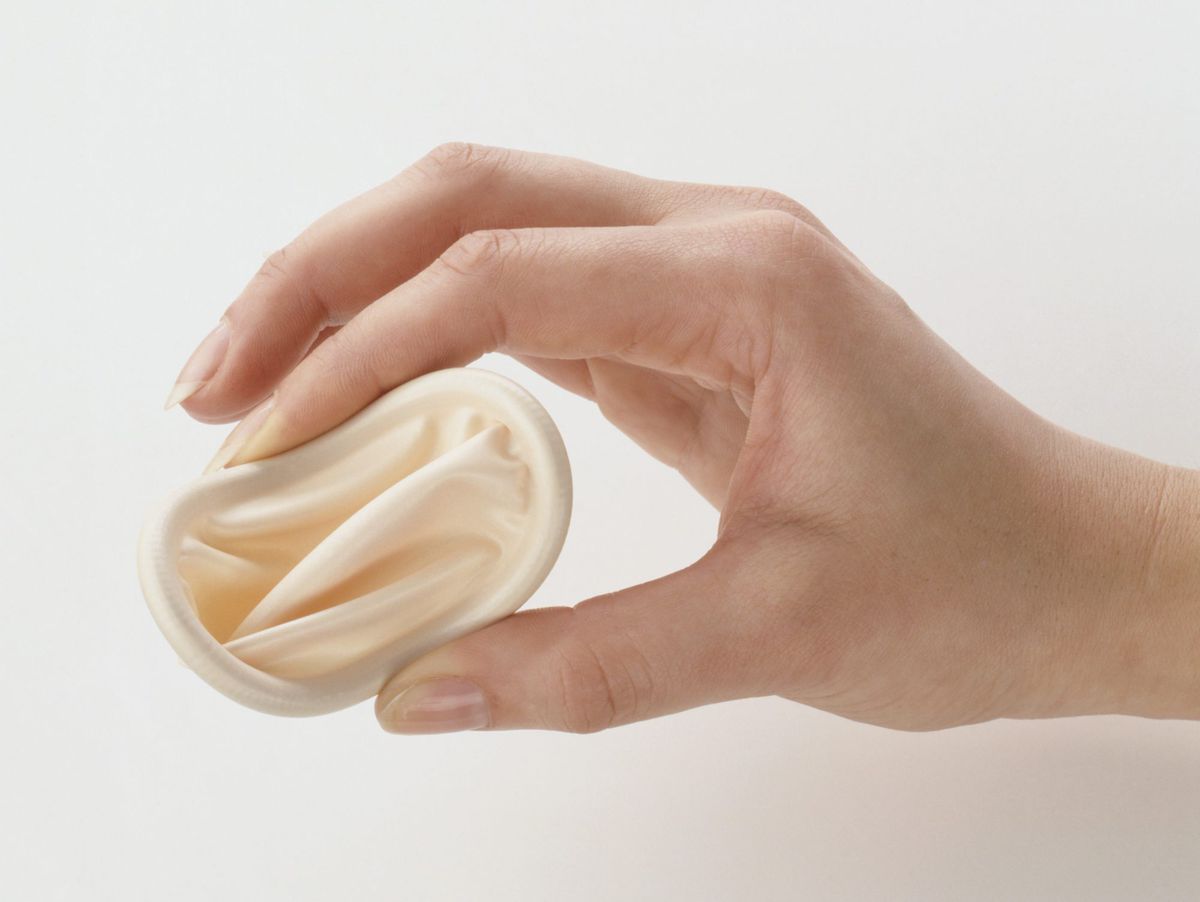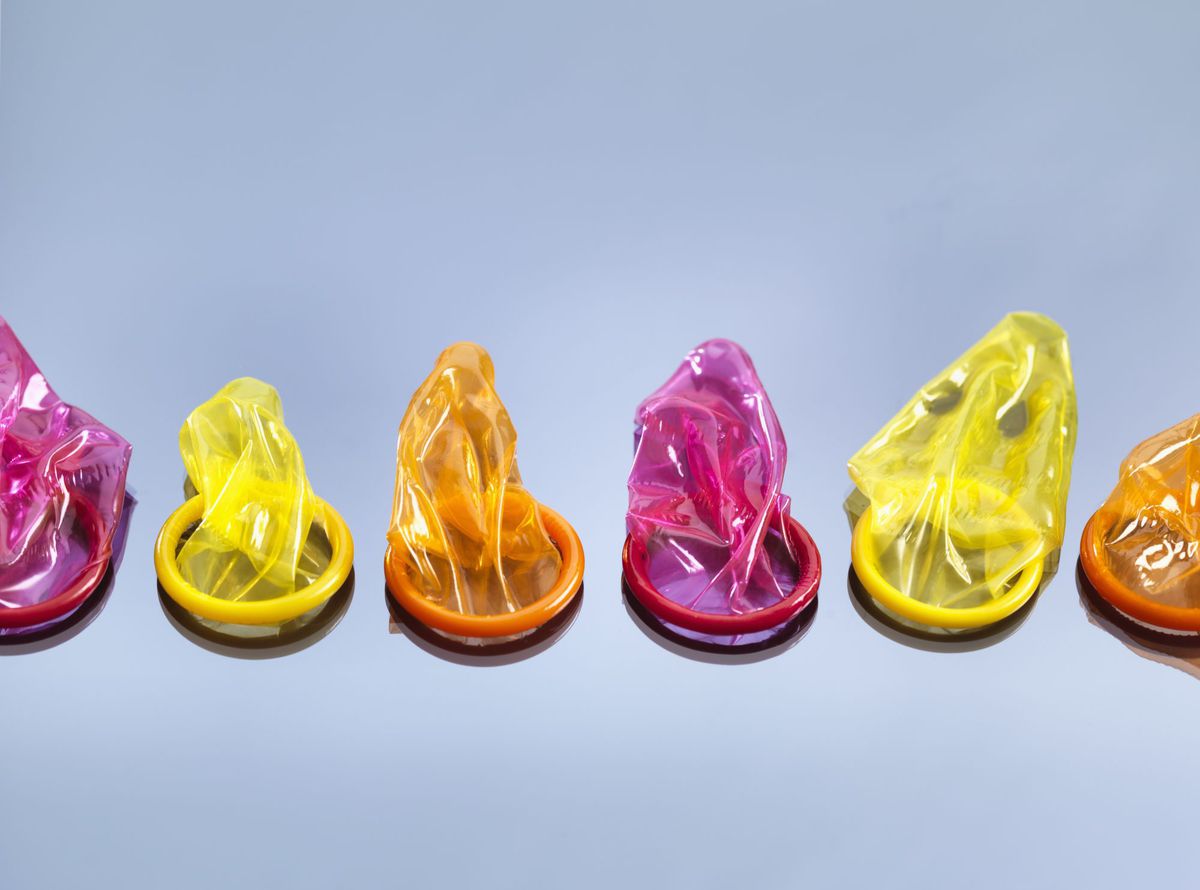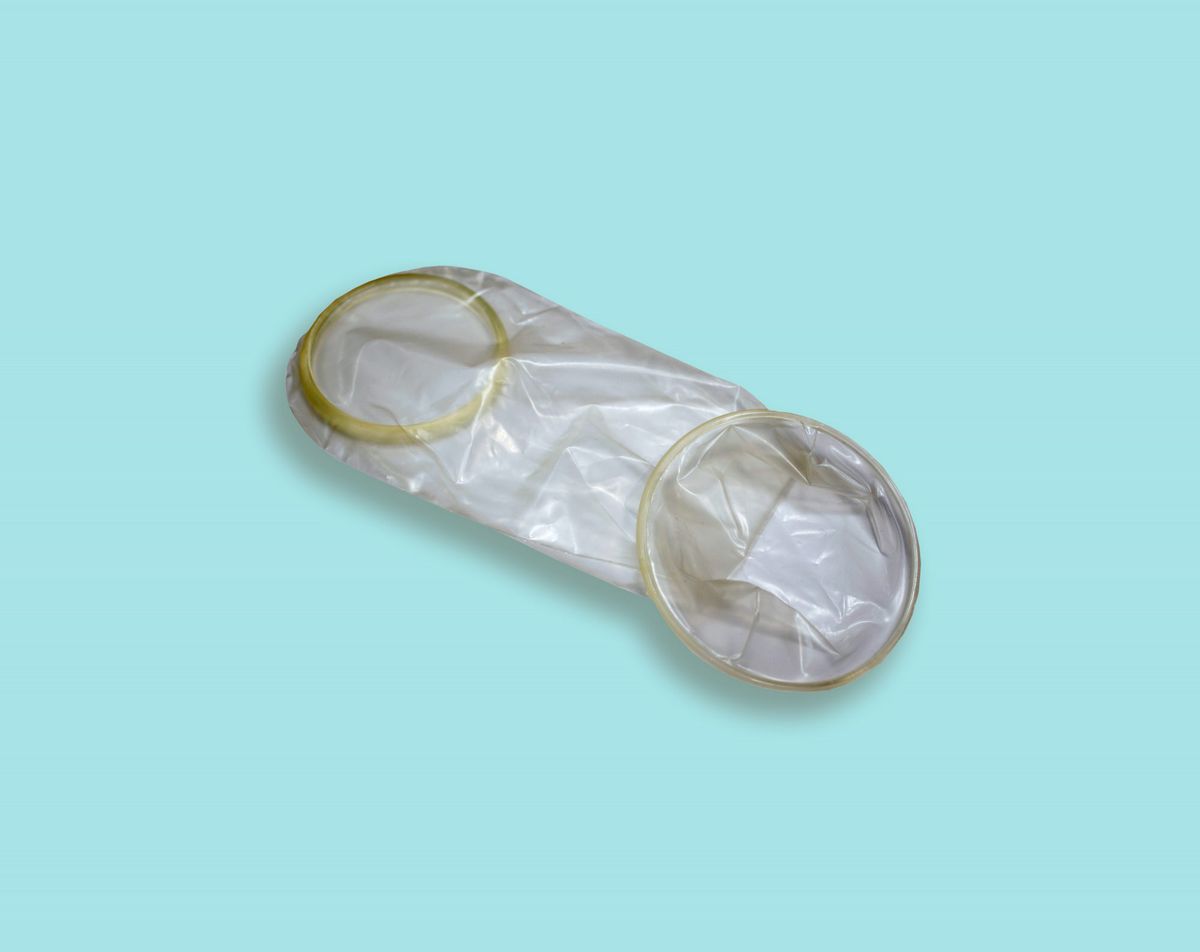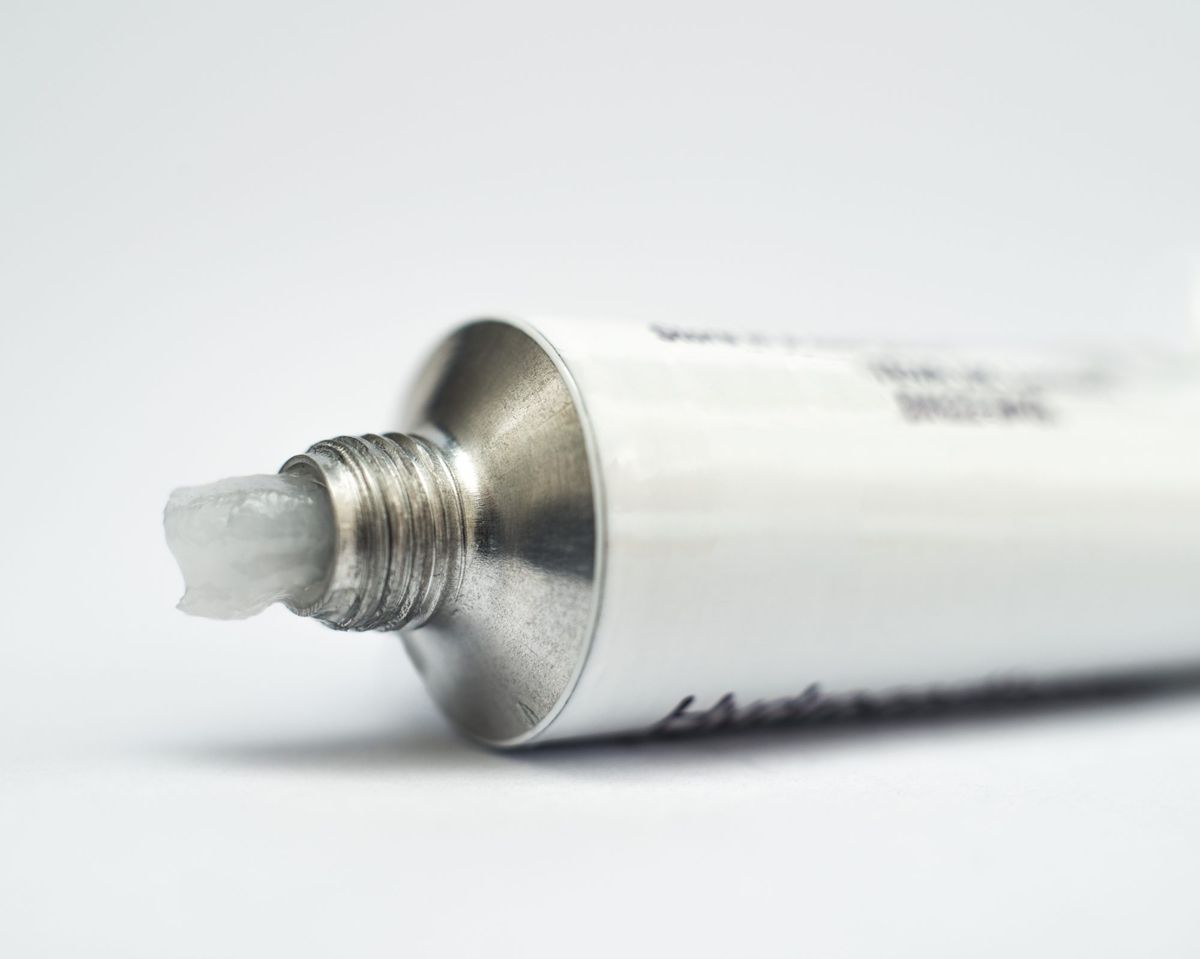21 pregnancies per 100 women in a year
Inserted into the vagina somewhat like a diaphragm (and up to eight hours before sex!), the female condom covers the cervix to prevent sperm from entering. It’s not as effective as a male condom—and it’s not as effective at preventing STDs, either.
A lot of that is because it's a little complicated to insert and position correctly. Unlike a male condom, it doesn't have anything to fit tightly over, and it can shift around and feel uncomfortable. "It's much trickier than putting on a male condom," says Dr. Shirazian. "The package does describe application, but it's not easy, honestly. Female condom rates of success are lower and not a very popular method for that reason."
22 pregnancies per 100 women in a year
The birth control method most of us know as pulling out is officially called the withdrawal method—a man withdraws his penis right before ejaculation, so no sperm enter the vagina. But it's not exactly effective, hence its other nickname, "pull and pray."
If just a little bit of ejaculate gets in or near the vagina during the withdrawal process, pregnancy is possible—which means your partner has to display some serious control to pull out at the right time. While there isn't exactly great research on the topic of getting pregnant from pre-ejaculate, at least one study found sperm in pre-ejaculate fluid, Dr. Wu points out.
"I try to counsel people based on their current emotions about pregnancy and becoming a parent," Dr. Wu says. If pregnancy isn't in the cards for right now, "I move toward more effective methods," she says. If women are more open to becoming pregnant and are happy using the withdrawal method (and aren't at risk for STDs), "I just may emphasize the best way to use withdrawal." And that means, she says, doing it right—every single time.
Sponge
JULES SELMES/GETTY IMAGES
24 pregnancies per 100 women who have given birth before in a year; 12 in women who have never given birth before
Like a diaphragm, the sponge, made of squishy plastic, covers your cervix and blocks sperm. It also contains spermicide to immobilize or zap those swimmers if they happen to get close. You can leave it in for up to 24 hours—but it has to stay in place for at least six after having sex to be effective.
Like other methods that you insert yourself, this one has to be placed properly. As evidenced by the effectiveness stats, it might not fit so perfectly if you’ve given birth in the past. Because the sponge isn't among the most popular forms of contraception, Dr. Wu says it might also require a little extra work to track one down online or at a local pharmacy.
Fertility awareness
24 pregnancies per 100 women in a year
If you’re super organized and ultra-committed to your period tracking app, you might consider a fertility awareness method, also sometimes called natural family planning or the rhythm method. This involves keeping close track of your period and ovulation so you know when you’re most fertile—and don't having sex (or using another method of birth control) on those days.
Women opting for a fertility awareness method (or FAM) might take their temperature every morning, check their cervical mucus every day, or chart their cycles (or use any combination of these three methods) to determine when they’re near ovulation. Keep in mind that this works best for women whose cycles are pretty predictable, so they can track these changes and follow the patterns, Dr. Wu says. "I think it can be a good method for people with a regular cycle who are motivated to do it." For everyone else, you have almost a one in four chance of becoming a parent.
Spermicide
28 pregnancies per 100 women in a year
Spermicide should always be used with a diaphragm, and it can increase the effectiveness of condoms (which is why many condoms are coated with spermicide already). But it can also be used on its own to slow down sperm and help block the cervix. You can find spermicide in creams, gels, films, foams, or suppositories. No matter what form you go with, however, you’ll need to insert the spermicide right before having sex—and be comfortable with the fact that on its own, it's the least effective birth control method available.
f you're going to use spermicide, Dr. Wu recommends choosing the film form. The tiny sheets dissolve in the vagina. "It's really small, partners won't even know it's there," she says.
SOURCE:
By Sarah Klein posted on October 05, 2017, "The most effective birth control, ranked", https://www.health.com/condition/birth-control/birth-control-ranked-effectiveness?










